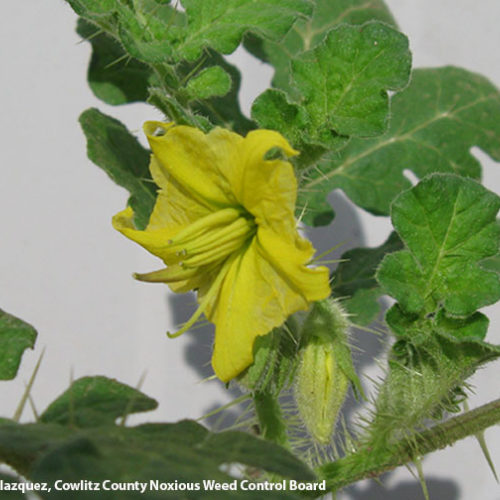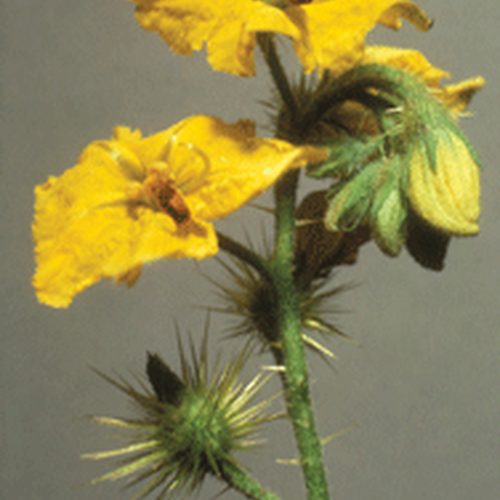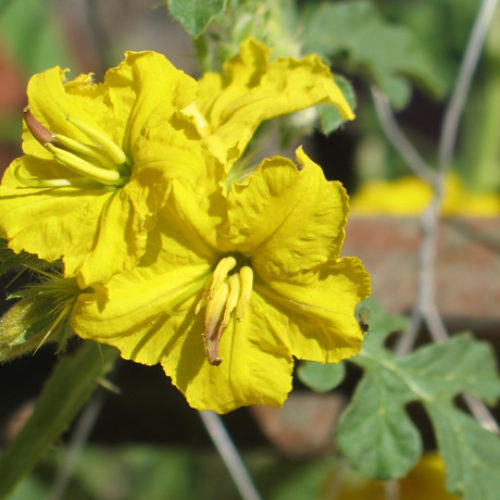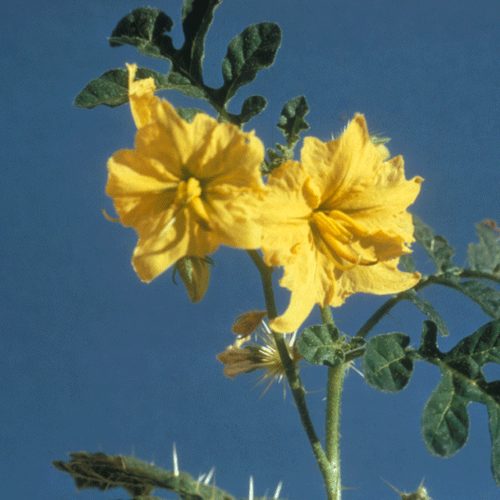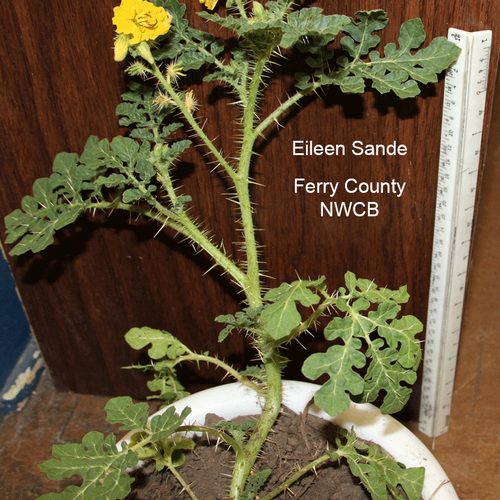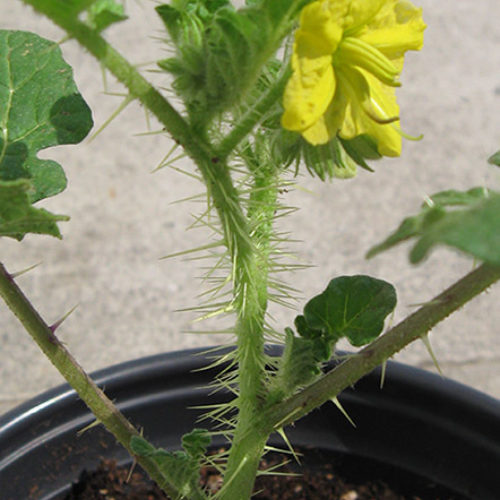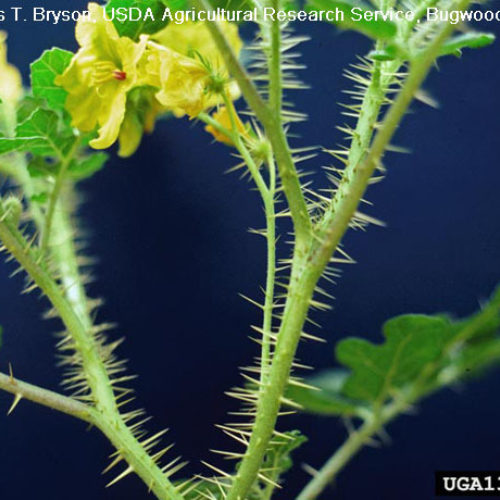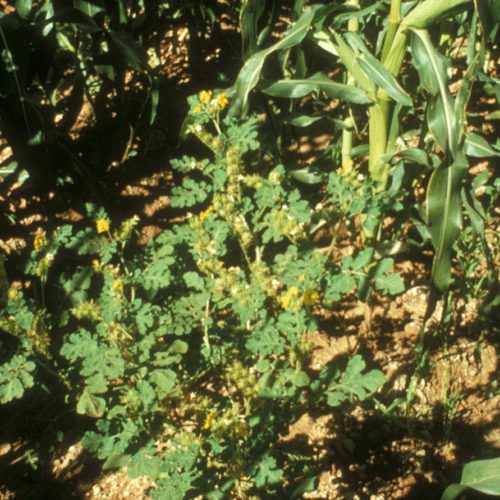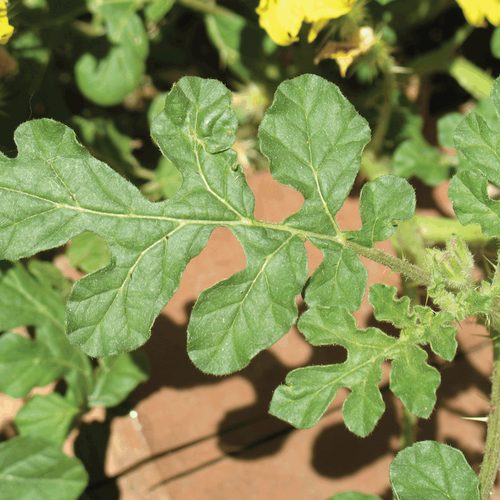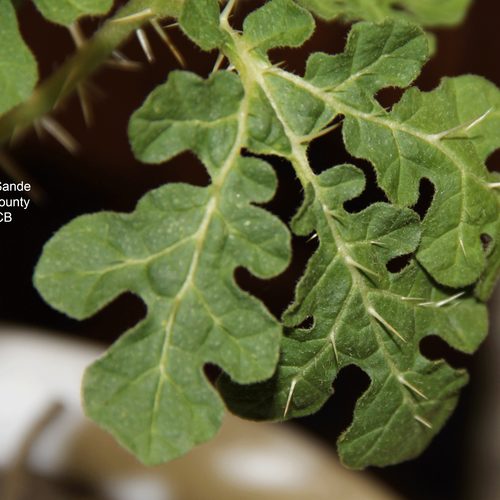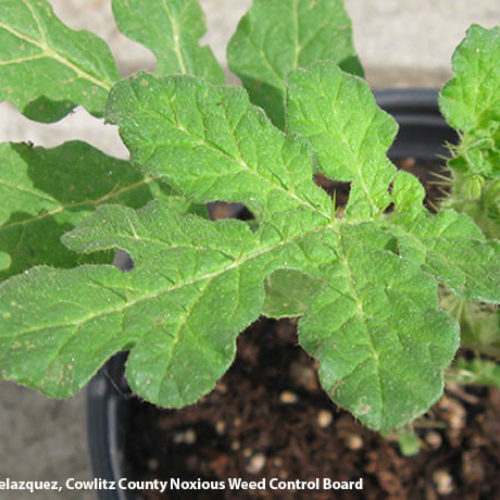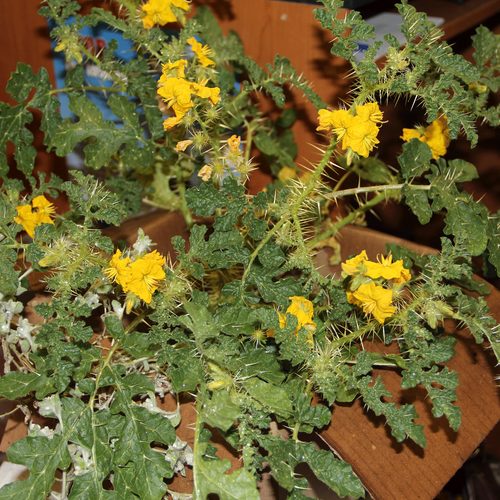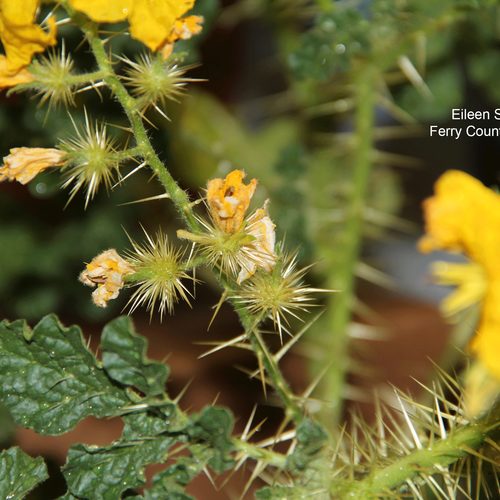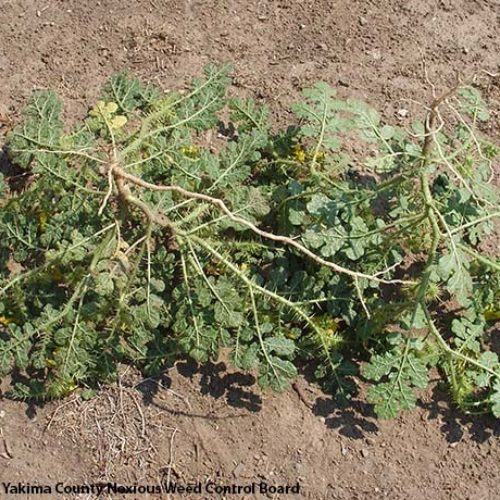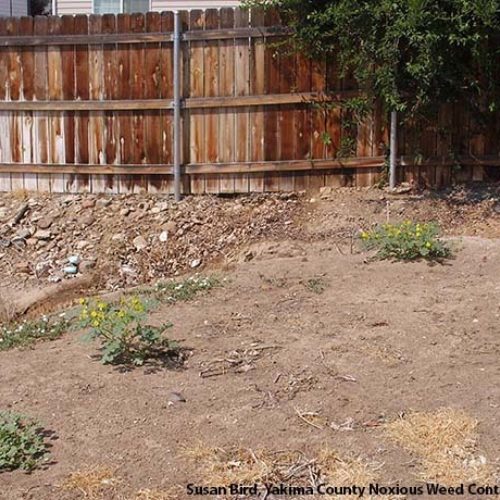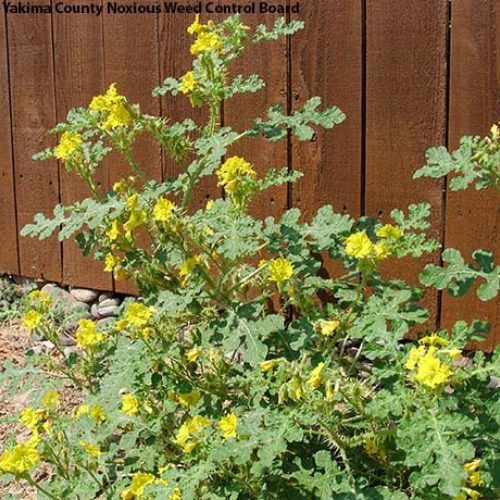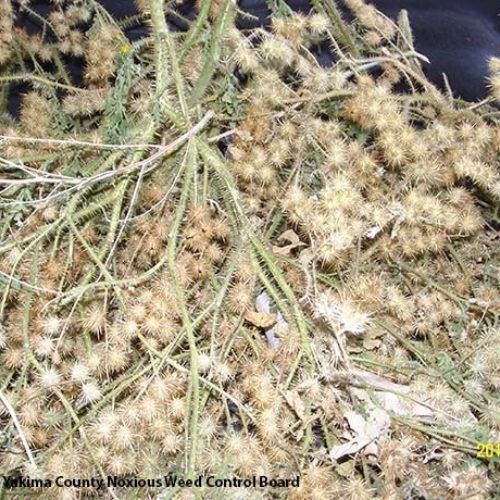Buffalobur
Solanum rostratum
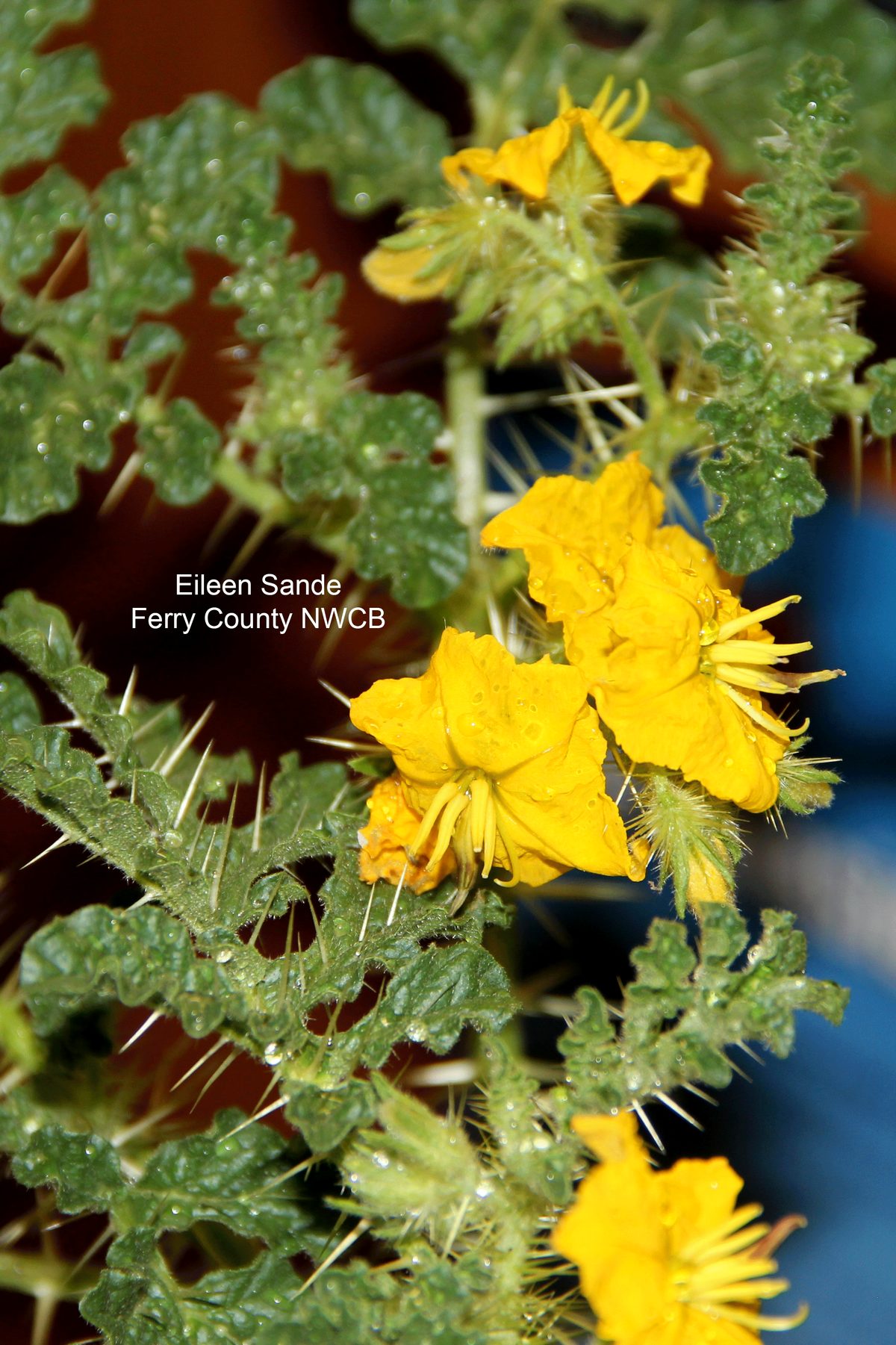
Family: Solanaceae
Other Common Names: Kansas thistle, Texas thistle
Weed class: C
Year Listed: 1988
Native to: Midwest region of the United States and Mexico
Is this Weed Toxic?:
livestock
Legal listings:
This plant is also on the Washington State quarantine list. It is prohibited to transport, buy, sell, offer for sale, or distribute plants or plant parts of quarantined species into or within the state of Washington or to sell, offer for sale, or distribute seed packets of seed, flower seed blends, or wildflower mixes of quarantined species into or within the state of Washington. Please see WAC 16-752 for more information on the quarantine list. For questions about the quarantine list, contact the Washington State Department of Agriculture's Plant Services Program at (360) 902-1874 or email PlantServices@agr.wa.gov.
Why Is It a Noxious Weed?
Buffalobur is generally considered a nuisance in its native range and is toxic to livestock. It is very aggressive in pastures and rangeland, competing with forage plants. Burs can get caught on sheep wool devaluing the wool.
How would I identify it?
General Description
This annual plant is spiny, hairy and around 1/2 to 3 feet tall. The entire plant, except the petals, is covered by straight yellow spines that are 1/8 to 1/2 inch long.
Flower Description
Flowers in clusters (racemes) of 3 to 15. Flowers are yellow, 5-lobed, flat and circular (rotate) and around 1 inch in diameter.
Leaf description
The leaves are alternate, 2 to 6 inches long, irregularly cut into 5 to 7 lobes, and extremely prickly.
Stem description
Upper stems are branching, upright, bushy, 1/2 to 3 feet long, and extremely prickly.
Fruit Seed Description
Fruit is a berry.
Where does it grow?
Buffalobur is found in fields, overgrazed pastures, yards, roadsides, waste areas, barn yards, and will grow in sandy soils, as well as dry hard soils to rich moist soils of cultivated fields. Please click here to see a county level distribution map of buffalobur in Washington.
How Does it Reproduce?
Buffalobur reproduces by seed.
How Do I Control It?
Mechanical Control
Prevention of seed production is possible with repeated, close mowing or hoeing out plants before flower blossoms appear.
Cultural Control
.
Biological Control
.
Herbicide Control
Please refer to the PNW Weed Management Handbook, or contact your county noxious weed coordinator.
For More Information
See our Written Findings for more information about buffalobur (Solanum rostratum).
Lincoln County NWCB Brochure on buffalobur
Asotin County NWCB Fact Sheet on buffalobur
King County NWCB Fact Sheet on buffalobur
Clark County NWCB Fact Sheet on buffalobur
Stevens County NWCB Fact Sheet on buffalobur



